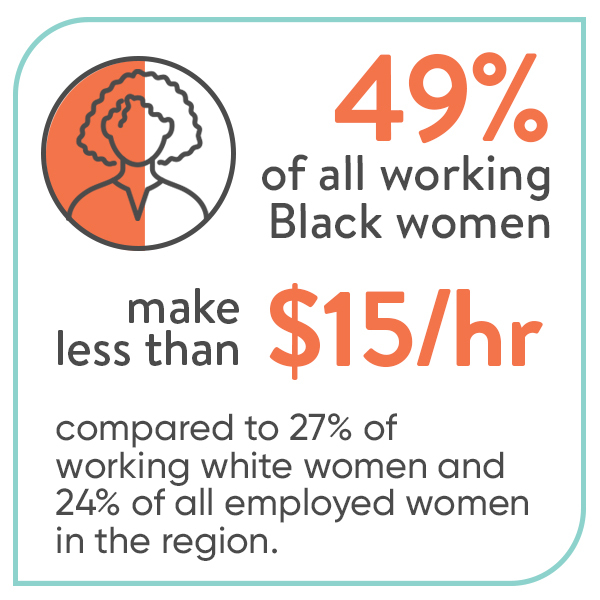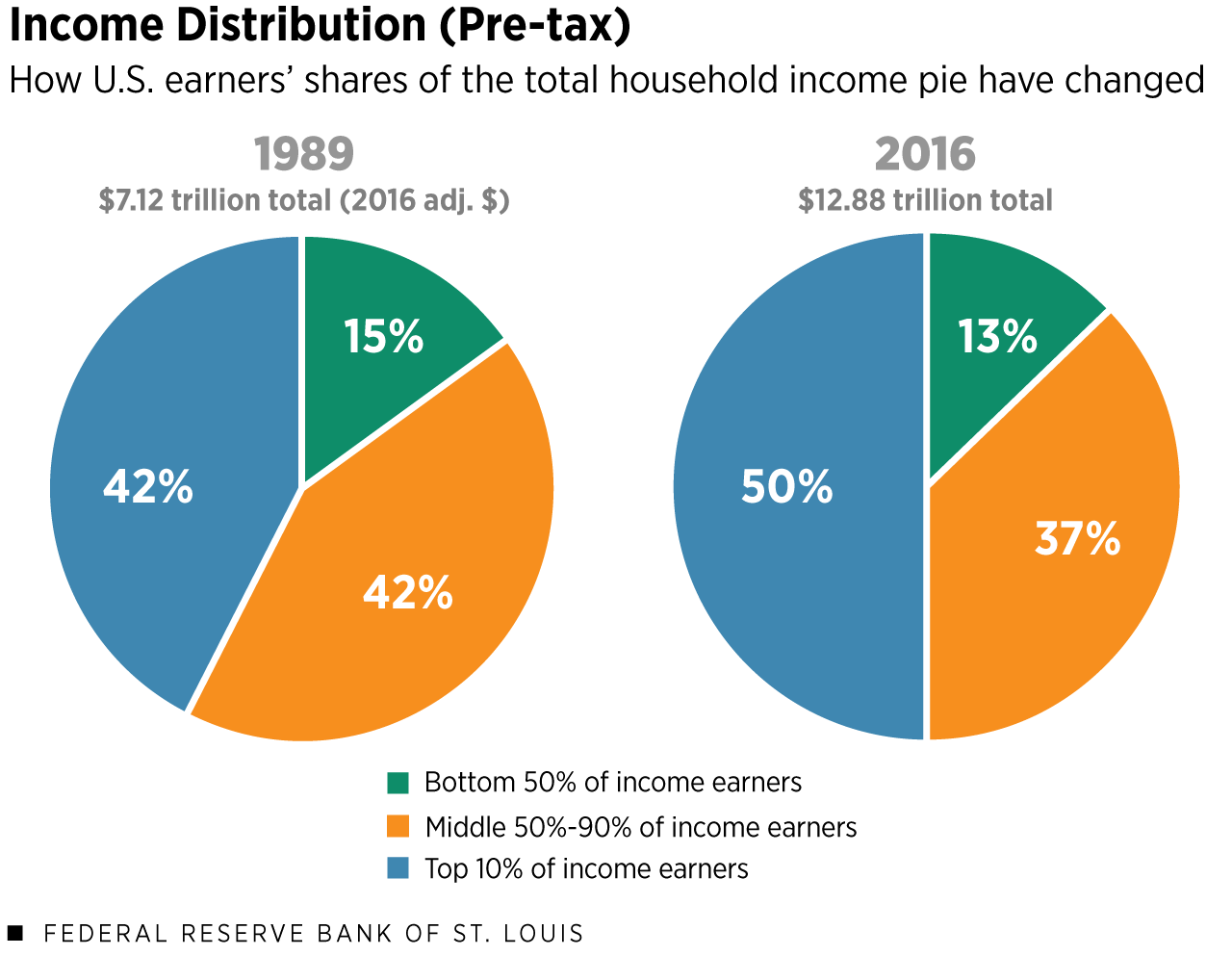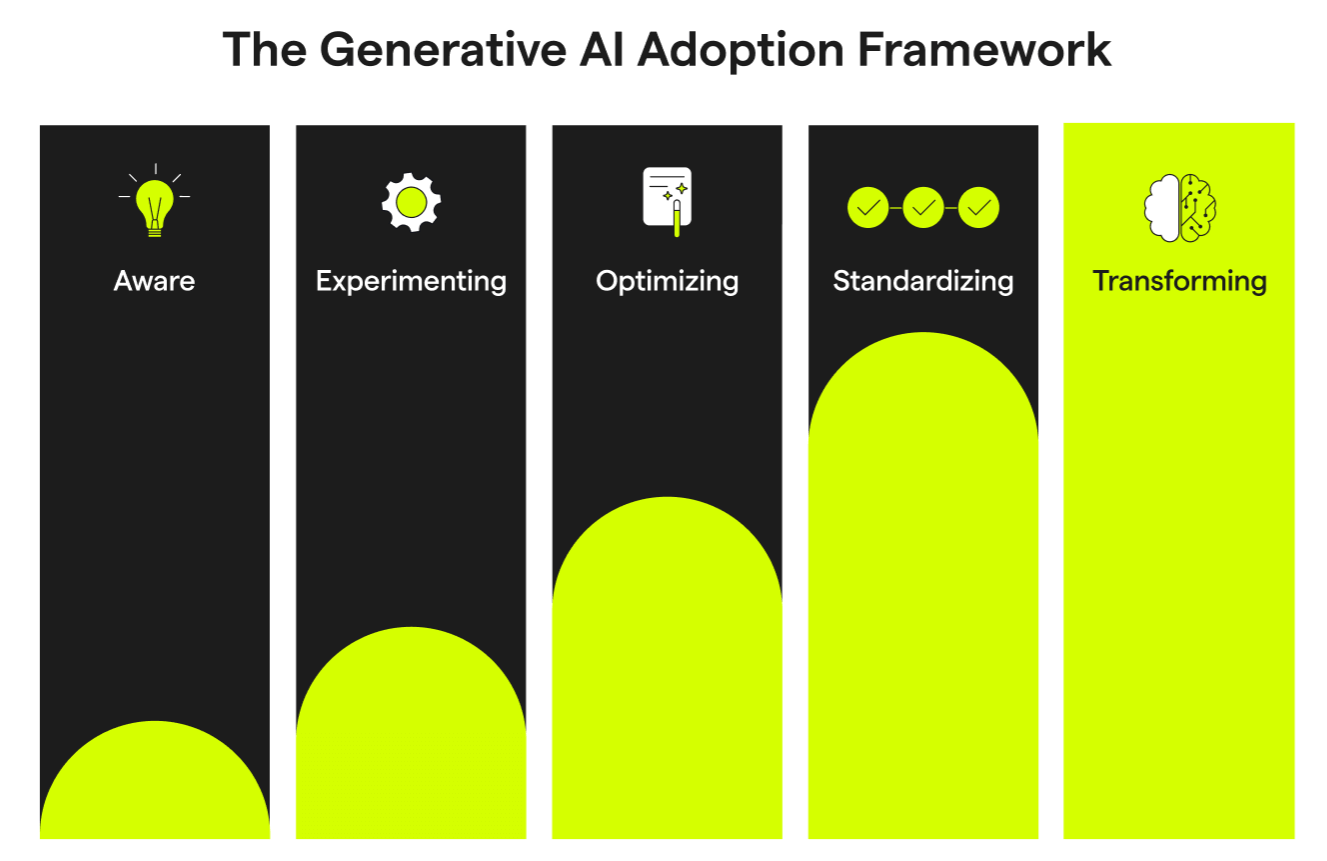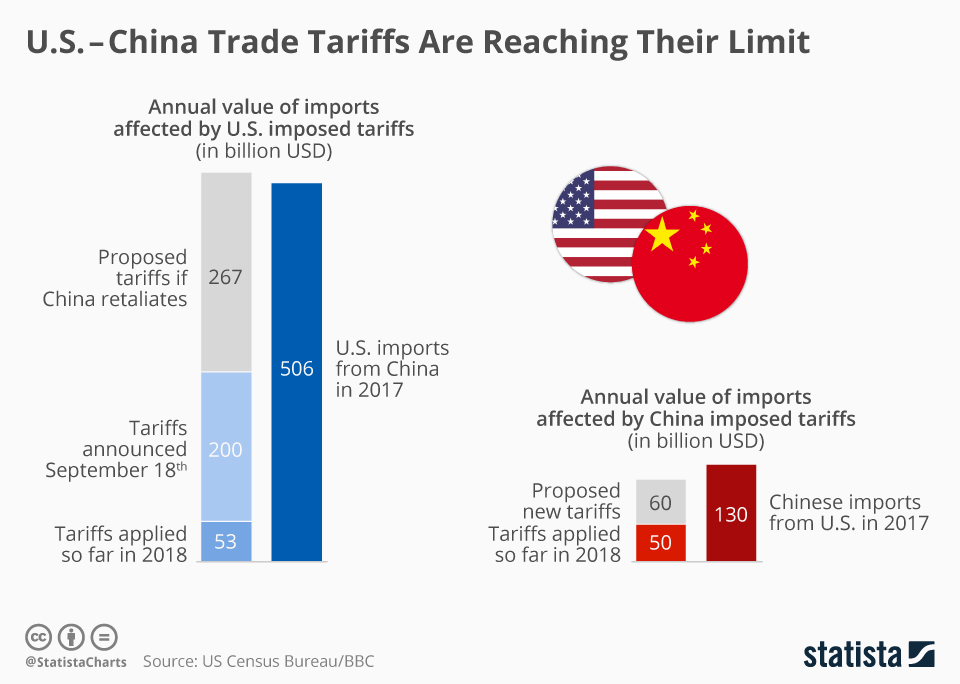Economic mobility for Black Americans has seen noteworthy improvements in recent years, fueled by a combination of shifting demographics and regional opportunities. According to groundbreaking research from Opportunity Insights, children of low-income Black families are experiencing enhanced economic prospects compared to previous generations. This pivotal study highlights the decreased racial income gap, indicating a narrowing divide between Black and white individuals born into poverty. However, it also reveals an alarming trend of increasing class disparity, wherein higher-income white Americans continue to amass wealth at a faster rate. By examining the childhood communities and outcomes, we can gain valuable insights into the factors driving these changes in intergenerational mobility across the USA.
The topic of upward mobility for African Americans encapsulates the broader discussion surrounding financial advancement and social equity. Recent studies have shed light on the evolving landscape of economic chances for marginalized groups, particularly young Black individuals from economically disadvantaged backgrounds. These findings underscore the complexities of the racial wealth gap and its implications for future generations. It’s essential to evaluate how community environments can influence life outcomes, as this increasingly ties into discussions about developmental pathways for children. By exploring these dynamics, we can better understand how to foster environments that promote equitable opportunities for all.
Economic Mobility for Black Americans: Progress and Challenges
Recent studies have illuminated the shifting economic landscape for Black Americans, particularly those born into low-income households. Research from Opportunity Insights highlights a notable improvement in economic mobility for Black millennials compared to their predecessors, with earnings exhibiting a significant upward trajectory. In fact, Black individuals born in 1992 to low-income families earned an average of $21,030 annually by age 27, marking an increase from the $19,420 received by those born in 1978. This change not only reflects progress in bridging income gaps but also underscores the effectiveness of community environments that support childhood development.
However, while these statistics suggest positive trends, challenges remain. The study indicates that the racial income gap persists, albeit with a decline from $12,994 for Gen Xers to $9,521 for millennials. This narrowing is promising but still highlights the disparities that affect Black Americans. The data indicates that socioeconomic factors surrounding childhood communities play an essential role in shaping these outcomes, revealing a complex relationship between race, income, and opportunity in America.
The Impact of Childhood Communities on Economic Outcomes
The data presented by Opportunity Insights sheds light on the substantial influence of childhood communities on the economic trajectories of Black Americans. The study demonstrates that neighborhoods with higher employment rates among adults lead to better economic outcomes for children of all races. This effect is particularly pronounced for Black children, who benefitted from moving to areas with stronger job markets during their formative years. As co-author Will Dobbie points out, poor Black kids in places with thriving economies showed significant improvements in their earning potential, suggesting that community structure is a vital mediator of economic opportunity.
Conversely, neighborhoods marked by declining employment opportunities present considerable hurdles for economic mobility. The study shows that rising poverty and diminished job prospects correlate with poorer long-term outcomes, including increased mortality rates and lower marriage rates. Thus, fostering healthy, supportive environments should be prioritized to enhance both Black Americans’ economic prospects and intergenerational mobility, emphasizing the need for investment in local communities as a means to stimulate economic growth across racial lines.
Addressing the widening class gaps is vital, as low-income white communities also experienced declines in economic mobility relative to higher-income counterparts. The research indicates that while race gaps are irreducibly significant, class gaps have deepened, resulting in a dual challenge of addressing both racial and socioeconomic inequalities.
Understanding the Racial Income Gap in Economic Mobility
The ongoing racial income gap poses a complex and multifaceted challenge within the broader context of economic mobility in the United States. Although Black millennials have shown improved economic outcomes, the disparities in wealth and opportunity continue to hinder full parity. The findings from Opportunity Insights highlight that individuals from low-income white families, while also facing declining earnings, still retain a significant advantage in income over their Black peers. This persistent gap signals systemic barriers that require comprehensive policy interventions.
Dissecting the racial income gap through the lens of historical context reveals underlying issues, such as the long-standing legacy of segregation and discrimination. These factors have continuously marginalized communities of color and restricted access to quality education and employment opportunities. Improving economic mobility for Black Americans demands not only immediate investments in their communities but also a more extensive examination of social justice and equality initiatives that can dismantle the structures perpetuating these income disparities.
Intergenerational Mobility: A Changing Landscape
Intergenerational mobility—a critical marker of economic health—has shown signs of transformation in recent years for Black Americans, according to the Opportunity Insights study. This research reveals a transition from severe limitations to gradual economic advancement, particularly for millennials compared to their Gen X counterparts. While low-income Black children born in the 1990s experience a lower likelihood of remaining stuck in poverty than those born in the 1970s, their trajectories still highlight the importance of supportive communities as facilitators of growth.
The study’s use of anonymized federal records brings forth an important shift in how we view the potential for upward mobility. The narrowing of the racial income gap for Black Americans suggests a movement toward greater equality in economic prospects, influenced heavily by local socioeconomic conditions. Sustainable policies aimed at nurturing intergenerational success and breaking the cycle of poverty must prioritize strengthening community resources and access to education to further enhance economic mobility.
Opportunity Insights Study: Key Findings on Economic Mobility
The insights gleaned from the Opportunity Insights study provide valuable data on the evolving landscape of economic mobility for Black Americans and their families. By analyzing tax and Census records over four decades, researchers unveiled that Black Americans born into poverty are experiencing better outcomes compared to previous generations. This analysis not only underscores the progress made but also emphasizes the continued need for focused investment in education and job opportunities within predominantly Black regions.
Moreover, the study reveals a widening class gap among white Americans, suggesting that economic opportunities are increasingly determined by class rather than solely by race. This indicates that economic mobility is a complex issue affected by various intersecting factors, including geography and employment patterns. Addressing these disparities necessitates an integrated approach that considers both racial and socioeconomic dimensions to foster a more equitable economy for all.
The Role of Policy in Enhancing Economic Mobility
Policy initiatives play a crucial role in shaping the economic futures of disadvantaged communities, particularly for low-income Black Americans. The findings from Opportunity Insights point to the necessity for targeted interventions, such as affordable education, job training programs, and support for local businesses, which can catalyze economic growth. By investing in resources that directly address the barriers to mobility, policymakers can create pathways for increased economic opportunities for marginalized populations.
In addition to localized policy solutions, broader systemic reforms are essential to dismantle the institutional barriers that perpetuate economic disparities. Comprehensive reforms that focus on equitable funding for schools, anti-discrimination measures in hiring practices, and access to affordable housing are instrumental in leveling the playing field. By refining these areas of policy, the cycle of poverty can be interrupted, allowing for greater progress in economic mobility for Black Americans.
Evaluating Success: Metrics of Economic Advancement
As we assess the success of initiatives aimed at improving economic mobility for Black Americans, it’s vital to establish clear metrics that quantify progress. Analyzing income levels, employment rates, and educational attainment within communities can provide a holistic view of both successes and areas needing improvement. The Opportunity Insights research creates a paradigm for evaluating intergenerational mobility and its associated outcomes, allowing stakeholders to fine-tune interventions based on data-driven insights.
While evaluating these metrics, it’s also important to account for regional disparities that may influence outcomes. Understanding where progress has been made—and where challenges remain—will inform policymakers and community leaders on how to best allocate resources and strategize future initiatives effectively. By fostering a commitment to data-informed decisions, stakeholders can enhance their approach to driving economic improvements for low-income Black Americans, ultimately contributing to a more equitable society.
Challenges Faced by Low-Income Families in America
The challenges faced by low-income families in America today are compounded by a range of societal and economic factors. The Opportunity Insights study illustrates how these multidimensional hardships affect Black Americans disproportionately. The persistent lack of access to quality education, affordable healthcare, and stable employment opportunities constrains not only their immediate circumstances but also their long-term economic prospects, leading to an intergenerational cycle of poverty.
Moreover, the intersectionality of race and class further exacerbates these challenges, as low-income Black families often grapple with systemic racism in addition to socioeconomic barriers. This complex landscape requires targeted support from government and community organizations to provide resources that can aid in breaking free from the constraints of poverty. Investing in holistic solutions that address both economic and social inequalities is crucial for enhancing the overall quality of life for these families.
Leveraging Community Support for Economic Growth
Community support plays an essential role in fostering economic growth and improving prospects for Black Americans. Initiatives aimed at enhancing local economies, such as cooperative business models and community development programs, can yield significant benefits. By pooling resources and focusing on collective upliftment, neighborhoods can create environments where economic opportunities flourish, which is borne out in the Opportunity Insights study.
Research shows that when families come together to support local enterprises and educational endeavors, more children are likely to experience upward mobility. Community-driven efforts can not only alleviate immediate economic stress but also set a foundation for long-term success and equity. Therefore, boosting collaboration among local stakeholders, businesses, and policymakers is vital in progressing towards a more inclusive economy that enhances the economic mobility of Black Americans.
Frequently Asked Questions
What does economic mobility for Black Americans look like in recent studies?
Recent studies, particularly from Opportunity Insights, reveal that economic mobility for Black Americans has improved, especially for those born to low-income families. For instance, Black millennials born in 1992 earned approximately $21,030 by age 27, up from $19,420 for those born in 1978. This suggests a positive trend in economic prospects for Black children, although significant disparities remain when compared to their white counterparts.
How does the racial income gap affect economic mobility for Black Americans?
The racial income gap has historically affected economic mobility for Black Americans, but recent findings show a reduction in this gap. The earnings difference between low-income Black and white Americans decreased from $12,994 for Gen Xers to $9,521 for millennials. This indicates that economic opportunities are becoming more equitable, although further work is needed to fully close the gap.
What role does childhood community play in the economic mobility of Black Americans?
Childhood communities significantly impact economic mobility outcomes for Black Americans. Research indicates that Black children who grow up in neighborhoods with high parental employment tend to achieve better financial outcomes in adulthood. The Opportunity Insights study highlights how moving to thriving environments during childhood can dramatically enhance economic prospects, underscoring the relationship between community conditions and long-term success.
What are the implications of intergenerational mobility for Black Americans?
Intergenerational mobility for Black Americans involves fluctuations in economic status across generations. Studies show that individuals born into low-income Black families in 1992 have shown greater chances of economic advancement compared to those born in 1978. This progress indicates a potential upward trend in economic mobility for Black Americans, aligning with increasing opportunities available for their children.
How have changes in the geography of employment influenced economic mobility for Black Americans?
Shifts in the geography of employment have significantly influenced economic mobility for Black Americans. The Opportunity Insights study found that individuals in areas with strong job growth experienced better economic outcomes. The improvements in earnings among Black Americans were most pronounced in regions such as the Southeast and Midwest, highlighting the importance of local economic conditions on mobility.
What findings did the Opportunity Insights study reveal about the economic prospects of Black children?
The Opportunity Insights study indicates that economic prospects for Black children have brightened, with earnings improving from the late 1970s to the 1990s. Black children born into low-income families exhibited better earning potential by age 27 in the more recent cohort. These changes underscore progress in reducing the racial income gap, while also emphasizing that neighborhood factors play a critical role in determining successful outcomes.
| Key Point | Details |
|---|---|
| Improved Economic Prospects | Despite historical disparities, research indicates that economic conditions have improved for low-income Black Americans in recent years. |
| Narrowing Racial Economic Divide | The economic gap between the poorest Black and white Americans has narrowed, revealing improvements in earnings for Black Americans. |
| Growing Class Divide | While race gaps have shrunk, class gaps between low- and high-income white individuals have widened significantly. |
| Regional Variations | Black Americans in regions like the Southeast have seen notable improvements in economic mobility. |
| Parental Employment Impact | Childhood community environments significantly influence long-term outcomes, particularly where parental employment is stable. |
| Statistical Improvements | For Black Americans born in 1992, the likelihood of remaining in poverty decreased, showing advancements in economic mobility. |
Summary
Economic mobility for Black Americans has seen a notable transformation, with research indicating positive changes in earnings and opportunities for the younger generation compared to their predecessors. The analysis reveals significant improvements for Black Americans born into low-income families, contrasted by a widening economic gap among white individuals. As the landscape of opportunity shifts, it underscores the importance of supportive childhood environments in determining future success.



